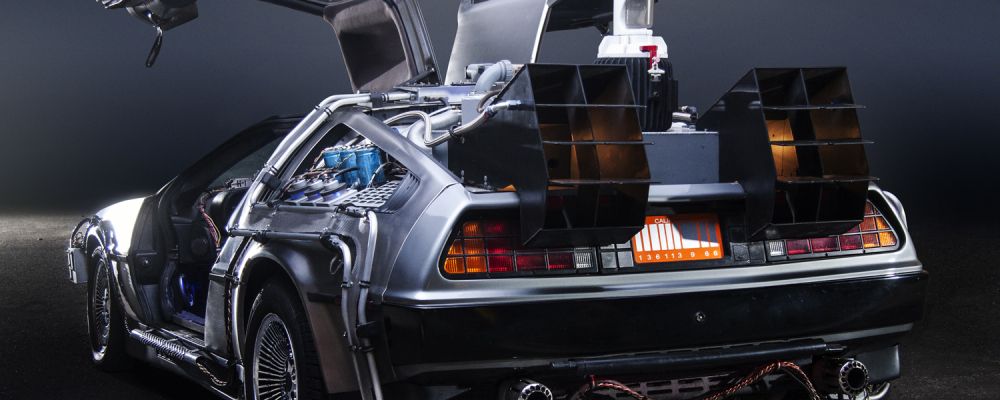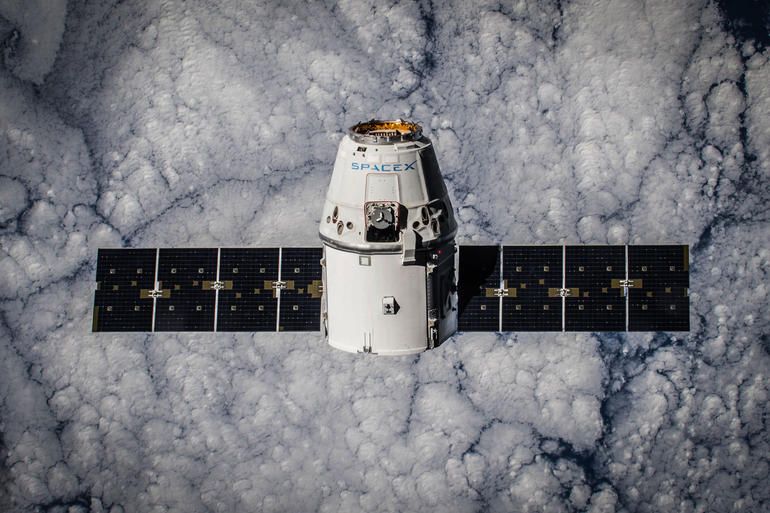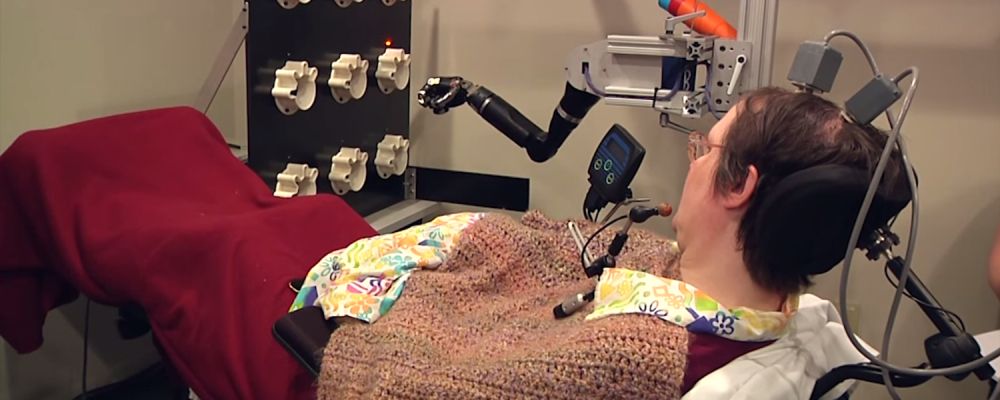Jan 21, 2015
Elon Musk’s Hyperloop Will Revolutionize Transportation, But That’s Only The Beginning Of The Change It’ll Bring
Posted by Seb in category: transportation
By Steven Kotler — Singularity Hub

San Francisco to Los Angeles in 35 minutes flat—that was the dream of the Hyperloop.
Back in 2013, Elon Musk introduced the world to this dream a 60 page white paper. The paper caused a stir. The idea—a levitating, solar-power supersonic train—was both pure geek porn and a transportation revolution in the making. It definitely captured people’s imagination.
 By
By 


 By Erico Guizzo — IEEE Spectrum
By Erico Guizzo — IEEE Spectrum Quoted: “IBM has unveiled its proof of concept for ADEPT, a system developed in partnership with Samsung that uses elements of bitcoin’s underlying design to build a distributed network of devices – a decentralized Internet of Things. The ADEPT concept, or Autonomous Decentralized Peer-to-Peer Telemetry, taps blockchains to provide the backbone of the system, utilizing a mix of proof-of-work and proof-of-stake to secure transactions.”
Quoted: “IBM has unveiled its proof of concept for ADEPT, a system developed in partnership with Samsung that uses elements of bitcoin’s underlying design to build a distributed network of devices – a decentralized Internet of Things. The ADEPT concept, or Autonomous Decentralized Peer-to-Peer Telemetry, taps blockchains to provide the backbone of the system, utilizing a mix of proof-of-work and proof-of-stake to secure transactions.”










